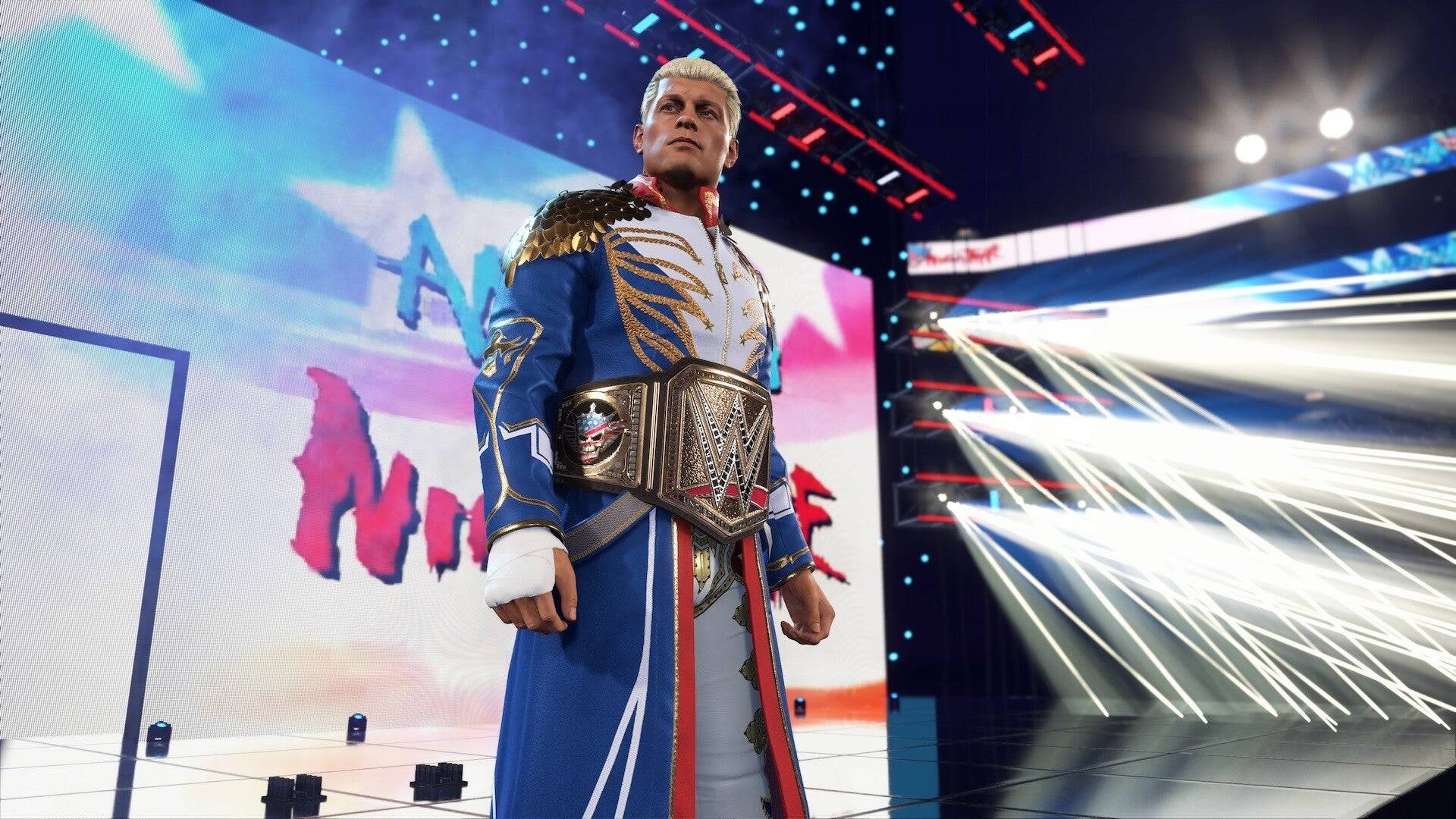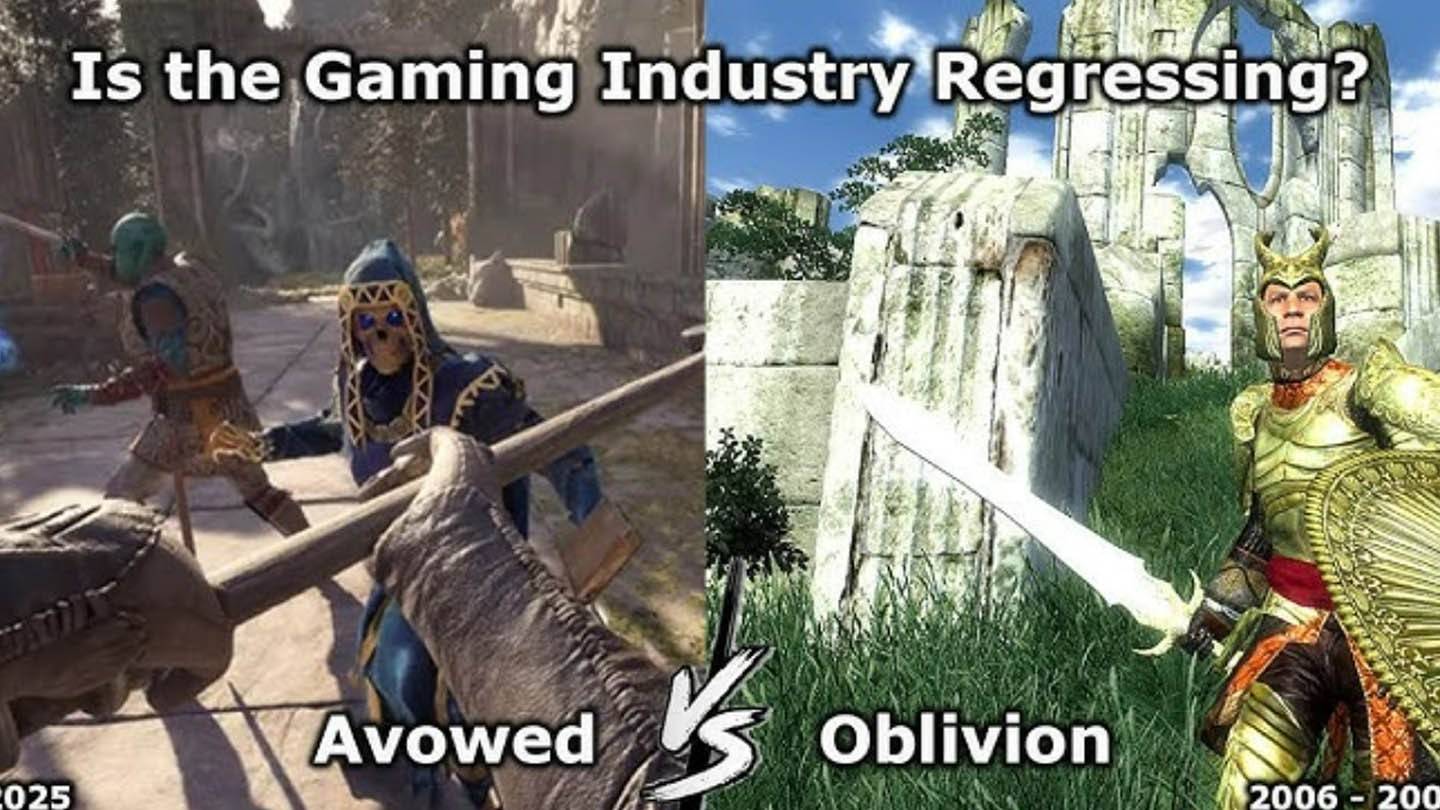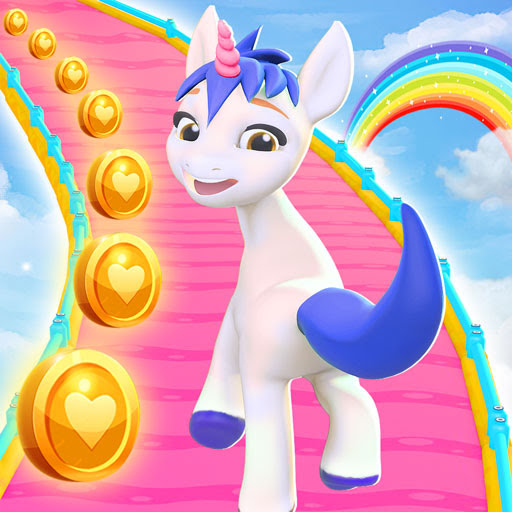With Monster Hunter Wilds breaking Steam records and Resident Evil more popular than ever thanks to Village and a handful of stellar remakes, it seems like Capcom can do no wrong. But this wasn't always the case. Just a few years ago, after a series of disappointing releases, Capcom was struggling to maintain its footing and connect with its audience.
Capcom was grappling with an identity crisis. The iconic Resident Evil series, which pioneered survival horror, had lost its edge following Resident Evil 4. Meanwhile, another flagship franchise, Street Fighter, was faltering after the lukewarm reception to Street Fighter 5. These setbacks could have spelled the end for Capcom and its beloved titles.
Yet, from this challenging period, Capcom found a way to rejuvenate its iconic series. A shift in game development strategy, bolstered by the adoption of a new, powerful game engine, breathed new life into these franchises. This transformation has led to a remarkable resurgence, propelling Capcom back to the forefront of the gaming industry.
Resident Evil Lost Its Way
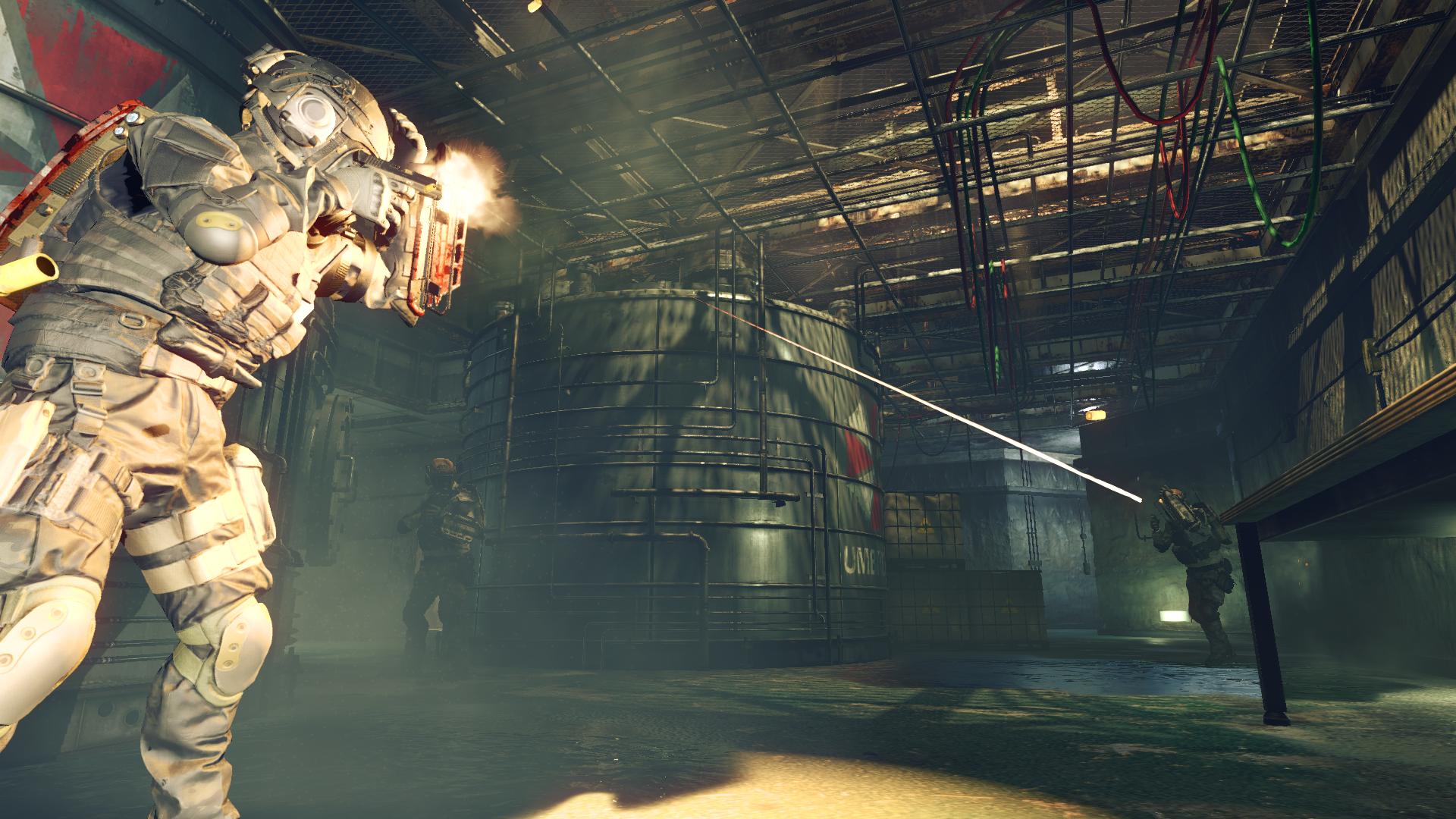 Resident Evil 6 marked a low point for the mainline series. Credit: Capcom
Resident Evil 6 marked a low point for the mainline series. Credit: Capcom
2016 was a challenging year for Capcom. The release of Umbrella Corps, an online co-op shooter, was met with harsh criticism from both reviewers and fans. Similarly, Street Fighter 5 was met with skepticism from fans who found it hard to believe this was the follow-up to the acclaimed Street Fighter 4. Dead Rising 4, featuring the return of Frank West, would be the last new entry in that series.
This marked a low point for Capcom, following several years of underwhelming releases. Mainline Resident Evil games were seeing diminishing returns critically, despite strong sales. Street Fighter was struggling, and other Capcom staples like Devil May Cry were absent. Meanwhile, Monster Hunter, though hugely popular in Japan, had difficulty expanding its reach internationally.
"Many of us started feeling that what the fans and players wanted from the series was getting a little bit separate from what we were making.” This sentiment was a far cry from the Capcom we see today. Since 2017, Capcom has consistently delivered hit after hit from its renowned franchises, garnering both sales and critical acclaim. From Monster Hunter World to Devil May Cry 5, Street Fighter 6, and a series of top-tier remakes, Capcom has been on a roll.
Achieving this success required more than just learning from past mistakes. Capcom underwent a complete overhaul of its strategy, from understanding its target audience to adopting new technologies. To delve deeper into this transformation, IGN spoke with four key creatives at Capcom to understand how the company overcame its challenges and returned stronger than ever.
Founded in 1979 as a producer of electronic game machines, Capcom rose to prominence in the 80s and 90s with 2D classics like Street Fighter and Mega Man. The company successfully transitioned to 3D gaming with titles like Resident Evil, and between 2000 and 2010, it modernized many of its classic franchises, culminating in the iconic Resident Evil 4.
 Resident Evil 4 is often hailed as a masterpiece. Credit: Capcom
Resident Evil 4 is often hailed as a masterpiece. Credit: Capcom
Released in 2005, Resident Evil 4 is widely regarded as a landmark game, blending horror with action elements inspired by films like Friday the 13th and works by H.P. Lovecraft and John Carpenter. However, subsequent games struggled to maintain this balance. Resident Evil 5, for instance, featured scenes more akin to action movies than horror, like Chris Redfield punching a boulder and car chases reminiscent of Fast and Furious.
The series was losing its identity, a fact acknowledged by developers like Yasuhiro Ampo, who has worked on Resident Evil since 1996. “Overall throughout the Resident Evil series, we set up different goals, challenges, and things we want to try with each game… But this time, many of us started feeling that what the fans and players wanted from the series was getting a little bit separate from what we were making,” Ampo said.
This confusion led to games like Resident Evil 6, which tried to cater to both action and horror fans by offering multiple characters and storylines. The result was a lack of cohesion, leaving fans unsatisfied. Similarly, the Street Fighter series faced challenges. Street Fighter 4 was a hit, but its sequel, Street Fighter 5, was criticized for its lack of content and poor online functionality.
Other Capcom franchises like Devil May Cry were also struggling. The series saw diminishing returns, leading Capcom to outsource the next game, DmC: Devil May Cry, to Ninja Theory. While DmC gained a cult following, its changes to the series' mythology and protagonist were met with backlash, causing Capcom to pause the franchise.
This period of struggle defined Capcom in the early to mid-2010s. Key franchises couldn't replicate past successes, and new titles like Lost Planet and Asura's Wrath failed to capture audiences. Dragon's Dogma, a new dark fantasy RPG, was a rare bright spot, but overall, Capcom's focus was scattered.
It was clear that something had to change.
Street Fighter 5, The Lost Cause
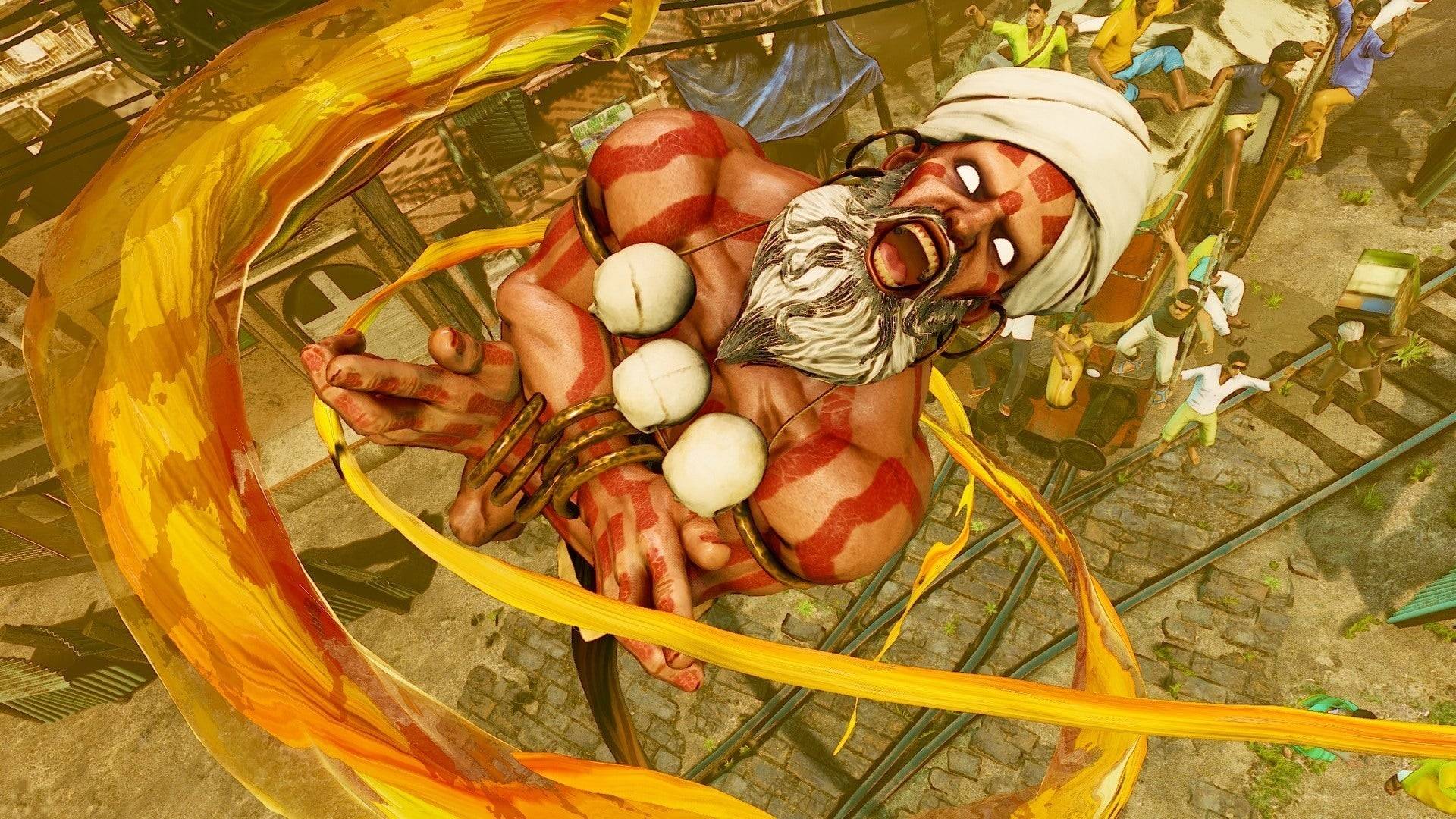 Street Fighter 5 was a disappointment. Credit: Capcom
Street Fighter 5 was a disappointment. Credit: Capcom
By the mid-2010s, Capcom began implementing changes that would transform its fortunes. The first step was addressing the issues with Street Fighter 5. Directors Takayuki Nakayama and producer Shuhei Matsumoto were tasked with stabilizing the game.
Though not involved in the initial development, Nakayama acknowledged the challenges they faced. “There definitely were some challenges within the production of the game, and that was part of the reason why I was brought into the team. And because we were in a point in development where we couldn’t really make any major pivots or shifts, we had to proceed and move forward in the direction we were currently in, which created constraints on what we could and couldn’t do.”
 Street Fighter 5 was improved with the release of Street Fighter 5: Arcade Edition. Credit: Capcom
Street Fighter 5 was improved with the release of Street Fighter 5: Arcade Edition. Credit: Capcom
These constraints limited the scope of improvements, focusing on fixing the most pressing issues. "We just didn’t really have enough time to address some of the problems and challenges we faced in Street Fighter V," Nakayama explained. "And so, with our hands tied behind our backs, we basically had to wait for those ideas to be brought back for the initial conceptual phases for Street Fighter 6, so we could tackle and do things properly for the next title."
Despite the challenges, abandoning Street Fighter 5 wasn't an option. Matsumoto emphasized, "There wasn’t any sort of sense of like, ‘Okay let’s just end Street Fighter 5 and focus on Street Fighter 6.’ It was more like, while we were working on Street Fighter V, we were trying to figure out what we really wanted to do in Street Fighter 6 content-wise."
Street Fighter 5 became a testing ground for new ideas, helping the team identify what worked and what didn't. This process involved numerous updates, from improving netcode and character balance to introducing new mechanics like V-Shift. The ultimate goal was to make fighting games fun again, addressing the frustration players felt with Street Fighter 5.
“We both realized that fighting games are fun, and when you get used to them, it becomes more enjoyable and something you can essentially play forever as long as you have an opponent to play against,” Matsumoto said. “However, one of the challenges that we faced with Street Fighter V is that we felt that there wasn’t a clear pathway that helped guide players to get to that level where they finally feel like they’re having fun and will want to continue playing.”
Street Fighter 6 took a different approach, making the game more accessible to newcomers while retaining the elements that fans loved. By learning from Street Fighter 5, Capcom ensured that Street Fighter 6 launched to critical acclaim, cementing its place as one of the best in the franchise.
However, Capcom needed more than just fixing existing games. A significant shift in strategy was necessary to prevent future missteps. This is where crucial behind-the-scenes changes came into play.
Monster Hunter Took Over The World
 Monster Hunter's global expansion began. Credit: Capcom
Monster Hunter's global expansion began. Credit: Capcom
Around the time of Street Fighter 5's launch, Capcom underwent an internal reorganization to prepare for a new generation of games, powered by the new RE Engine. This wasn't just about upgrading tools; it was about creating games for a global audience.
“It was a few factors that came together,” said Hideaki Itsuno, known for his work on Devil May Cry. “The change of the engine and also all teams were given a very clear goal at that point to make games that reach the global market. [Games] that are fun for everyone.”
During the PS3 and Xbox 360 era, Capcom tried to capture the Western market with action-heavy games like Resident Evil 4 and spinoffs like Umbrella Corps and Lost Planet. However, these efforts were largely unsuccessful. Capcom realized it needed to create games that appealed to everyone, not just fans of Western genres.
“I think that we had that clear goal of just focusing and not holding anything back,” Itsuno said. “Towards making good games that would reach people from all over the world.”
The years leading up to 2017 were pivotal, with changes in organization and the adoption of the RE Engine. The launch of Resident Evil 7 marked the beginning of Capcom's renaissance.
No series better embodies Capcom's new goal of global success than Monster Hunter. While it had a dedicated fanbase in the West, Monster Hunter was primarily a Japanese phenomenon. The series' success on the PSP, particularly with Monster Hunter Freedom Unite, was driven by Japan's strong handheld gaming market.
“20 years ago in Japan, having a network connection wasn't as easy, and there weren’t a huge amount of people playing Monster Hunter online. However, handheld consoles made multiplayer gameplay easy without internet access, and I regard it as a great success that we had players experience the game in this way, which was one of the ways we really wished for them to play and enjoy it, even in that era when online gameplay wasn't easy,” said Ryozo Tsujimoto, executive producer of Monster Hunter.
Monster Hunter's focus on cooperative play was well-suited to handheld consoles, but this also meant it was primarily developed for the Japanese market. This led to Japan-exclusive content and events, reinforcing Monster Hunter's image as a "Japan-only" brand.
However, as Western internet infrastructure improved and online play became standard, Tsujimoto saw an opportunity to launch a more globally accessible Monster Hunter game. Monster Hunter: World, released in 2018 on PlayStation 4, Xbox One, and PC, was a significant departure from previous titles, offering AAA console quality and simultaneous global release.
“Our approach to the globalization of the series and Monster Hunter in general really ties into not only the themes that we had going into designing the game, but also in the name of the game,” Tsujimoto revealed. “The fact that we called it Monster Hunter: World is really kind of a nod to the fact that we wanted to appeal to this worldwide audience that we wanted to really dig into and experience Monster Hunter for the first time.”
To ensure Monster Hunter: World appealed to a global audience, Capcom conducted focus tests worldwide, leading to changes like displaying damage numbers when players hit monsters. These tweaks, combined with the game's successful formula, led to Monster Hunter: World and its follow-up, Monster Hunter Rise, selling over 20 million copies each.
“The fact that we called it Monster Hunter: World is really kind of a nod to the fact that we wanted to appeal to this worldwide audience that we wanted to really dig into and experience Monster Hunter for the first time.” Tsujimoto and the team focused on expanding the series' appeal without compromising its core identity, a strategy that continues with Monster Hunter Wilds.
“At its heart, Monster Hunter really is an action game, and that sense of accomplishment you get from really mastering that action is an important aspect of Monster Hunter,” Tsujimoto explained. “But for newer players, it's really about getting to that point. The steps involved in getting to that sense of accomplishment is what we're trying to strategize for, in terms of designing for new players. So with World and Rise, for example, we were taking great care to analyze where players got stuck, what was hard to understand, what they were having trouble with, getting player feedback, and also doing our own kind of research into that. And all of that kind of knowledge has impacted how we've implemented new systems into Wilds.”
Resident Evil 7 Began Turning Things Around
 Resident Evil 7 brought the series back to its roots. Credit: Capcom
Resident Evil 7 brought the series back to its roots. Credit: Capcom
Monster Hunter's success was about expanding its audience, but Resident Evil needed to rediscover its core identity. The development team, led by executive producer Jun Takeuchi, decided to focus on survival horror.
“It was around the time I was working on Resident Evil Revelations 1 and 2. I was trying to test different things, try different approaches,” said Yasuhiro Ampo, director of Resident Evil 2 and 4 remakes. “And around this time is when the R&D teams were divided into R&D division one and two. The executive producer of the Resident Evil series, Jun Takeuchi, took command of R&D division one, and he set the core direction that the Resident Evil series needed to go back to its origins, to its roots.”
Takeuchi's decision to return to survival horror proved successful. Resident Evil 7 was announced at PlayStation's E3 2016 conference, showcasing a first-person perspective and a return to the series' horror roots. The game's southern gothic setting and focus on survival elements made it one of the scariest entries in the series.
“With Resident Evil 7, the executive producer, Jun Takeuchi, made it clear that we cannot underestimate how critical it is for the series for it to be scary and about survival. So he made it clear that Resident Evil 7 would go back to its origins, it would be very cautious with its survival elements. And with that as a basis, then we would try new and different things,” Ampo said.
While Resident Evil 7 and 8 stayed in first-person, Capcom also released third-person remakes, starting with Resident Evil 2. The demand for remakes was evident from fan projects, and the Resident Evil 2 remake became one of the best-selling games in the franchise's history.
“Resident Evil 4 is a game that is so beloved. If we get anything wrong with the remake, people might be quite vocal about their discomfort,” Ampo noted. Despite initial hesitation, the Resident Evil 4 remake was a success, fine-tuning the balance between action and horror to maintain the series' survival horror roots.
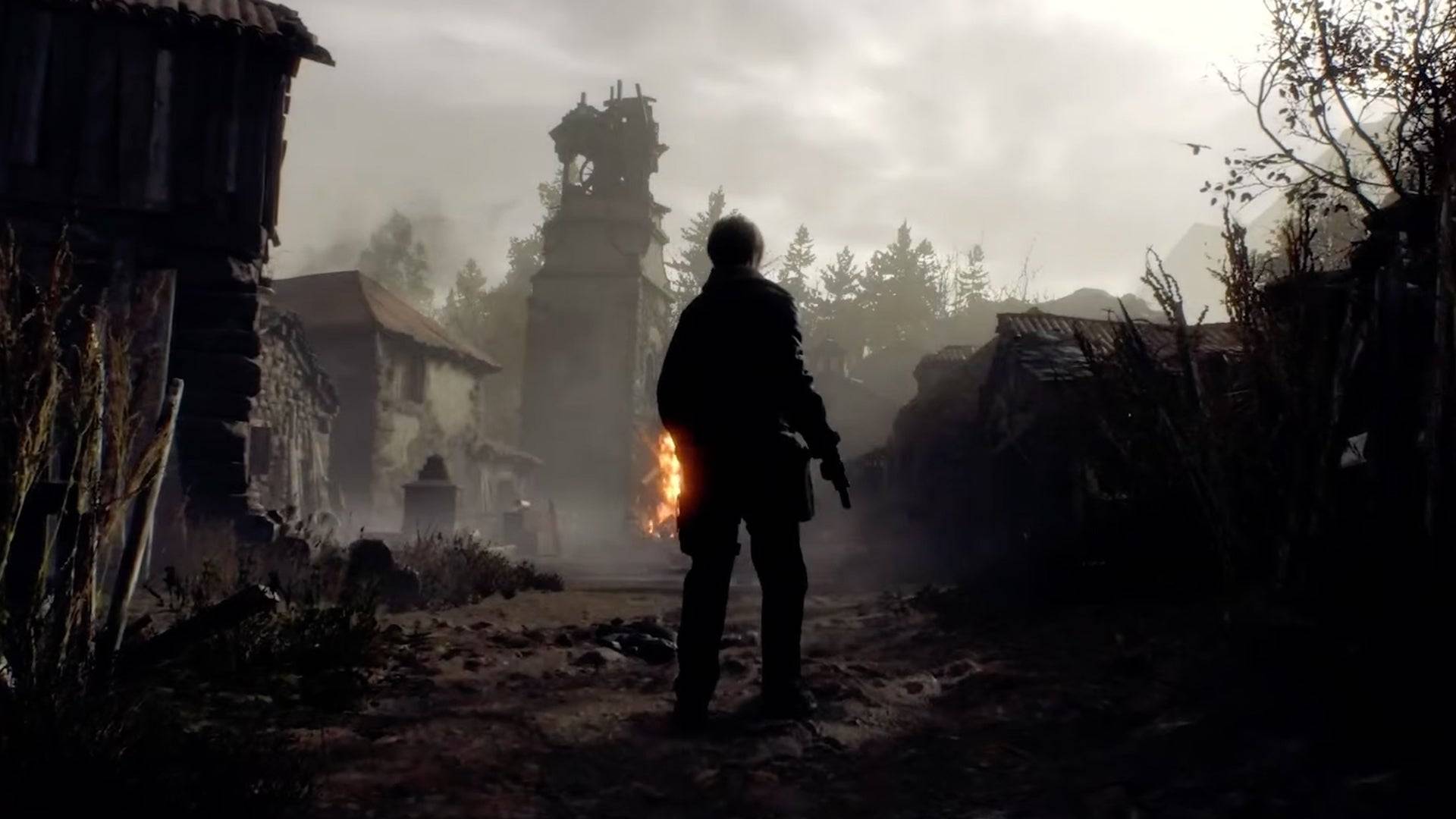 Resident Evil 4 Remake revitalized the series. Credit: Capcom
Resident Evil 4 Remake revitalized the series. Credit: Capcom
As Resident Evil rediscovered its horror core, Hideaki Itsuno, director of Devil May Cry, had a similar realization. After working on Dragon's Dogma, Itsuno saw an opportunity to challenge the action genre with Devil May Cry 5, leveraging Capcom's new RE Engine.
The Reason Behind The Change
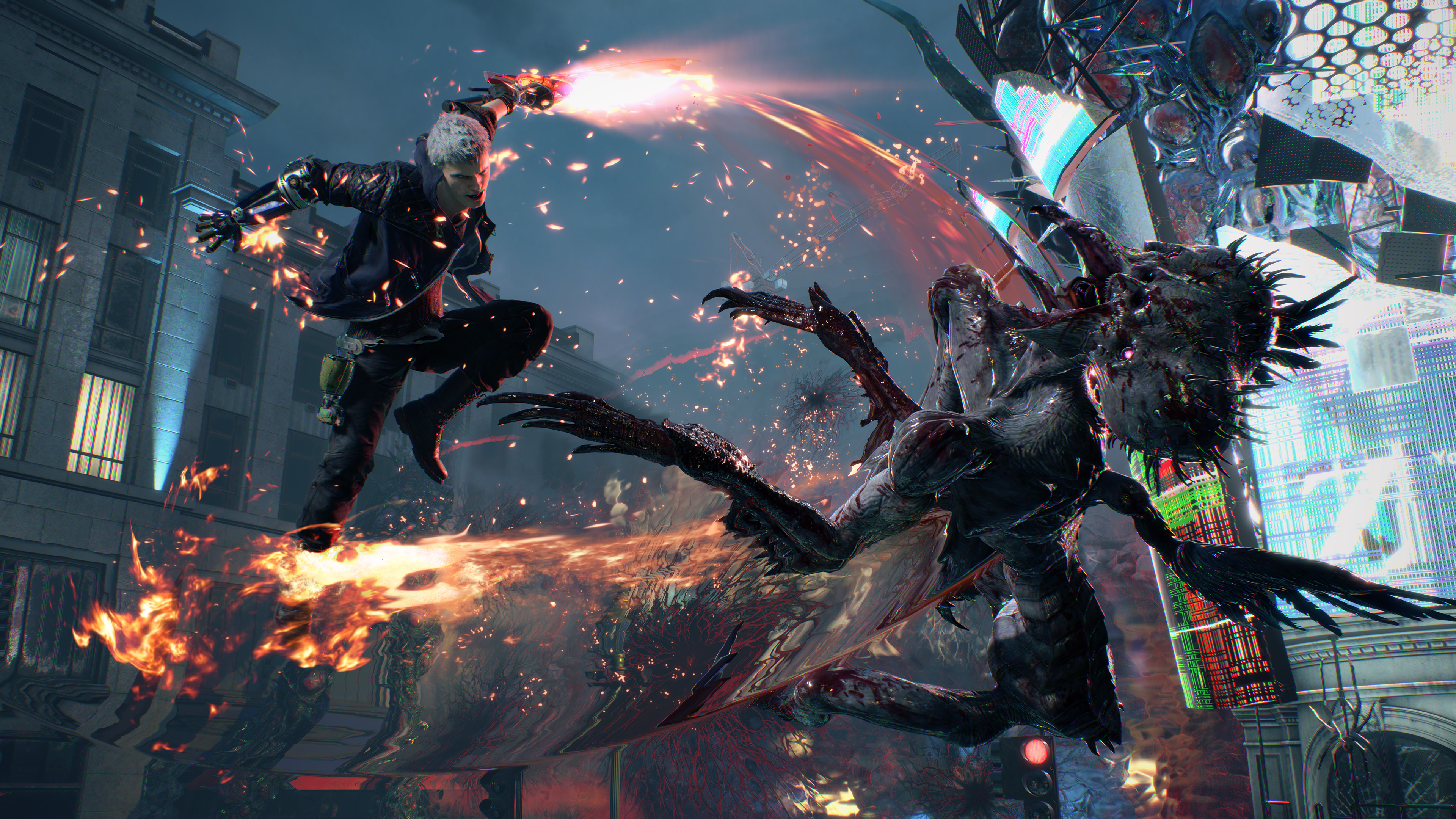 Capcom's new goal was to create the coolest games. Credit: Capcom
Capcom's new goal was to create the coolest games. Credit: Capcom
“I felt like the main trend with action games was to make action games that were very kind,” Itsuno admitted. “Maybe, for me, a little bit too kind to the players, lending a hand to the player too much to my liking.”
Itsuno, who took over the Devil May Cry series with the second game, returned to the franchise after a decade to direct one of its most successful entries. The time away allowed him to refine his vision, and the RE Engine provided the technological foundation to bring it to life.
“Technology-wise, there were not just little improvements that you would have when you work on a series consecutively,” Itsuno said. “When there’s a wide timeframe, [the technology] changes significantly.”
The RE Engine, now powering most of Capcom's games, offered photorealistic assets and a more agile development environment. “So the original concept for the RE Engine was to allow for a development environment that was less stressful and could help us to make things quicker. Because it’s an internally developed engine, when we needed any additional tools, well, we could ask for them internally. They could be fixed somewhat quickly, internally, and also iterated on,” Ampo explained.
This flexibility allowed Capcom's developers to experiment and refine their games. For Itsuno, whose goal was to create the "coolest" action game, the RE Engine was crucial. “Devil May Cry is a franchise that stands on being cool,” Itsuno said. “That’s what the franchise is, it’s about being cool. Ever since I took over the series from Devil May Cry 3, I put everything that I, as a person, I considered throughout my life to be cool. Anything I’ve seen on TV, in movies, and comics I’ve read, any sport experiences I’ve had, I try to distill everything that I think is cool into what the game is.”
A New Capcom Golden Age
Since 2017, Capcom has released a game of the year contender nearly every year. In an industry where consistency is rare, Capcom's string of 10 critically acclaimed games in less than a decade is remarkable. This trend continues with Monster Hunter Wilds.
Capcom's focus on creating globally appealing games, powered by advanced technology, has been a winning formula. The company can seamlessly transition between genres, from fighting games to survival horror to open-world RPGs, without missing a beat.
“Capcom is going through a golden era, and, well, now we have to do everything we can so that this lasts one more year, one more year, and every year, one more year,” said Tsujimoto. This mission to make global, mainstream games has not diluted Capcom's unique identities but expanded their reach to millions of new players.
While other studios struggle with identity and trends, Capcom's strategic changes over the past decade have ushered in a new golden age. The company has risen from its lows to become a beacon of innovation and success in the gaming industry.
When asked about this golden age, Capcom's directors were optimistic. “It’s a very exciting time to be at Capcom right now. A lot of us are able to get excited about what we’re working on and are able to focus on things that we think are fun. So, yes, I guess a golden age may be one interpretation of that,” said Nakayama.
Tsujimoto added, “Capcom is going through a golden era, and, well, now we have to do everything we can so that this lasts one more year, one more year, and every year, one more year. Hopefully we can extend it as long as we can.”

 Latest Downloads
Latest Downloads
 Downlaod
Downlaod




 Top News
Top News